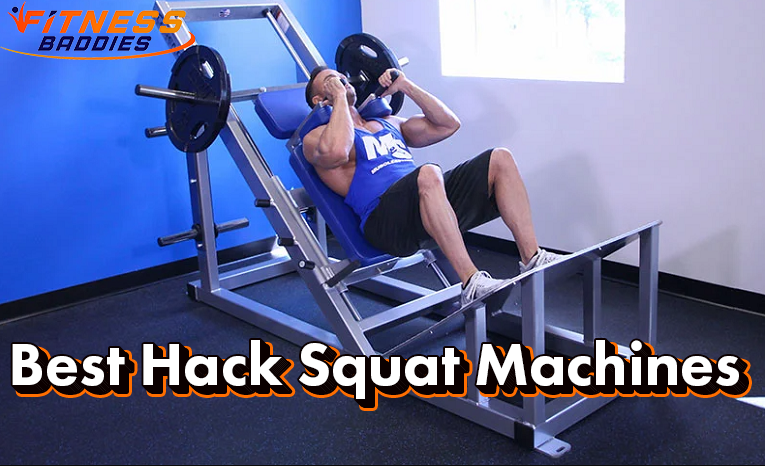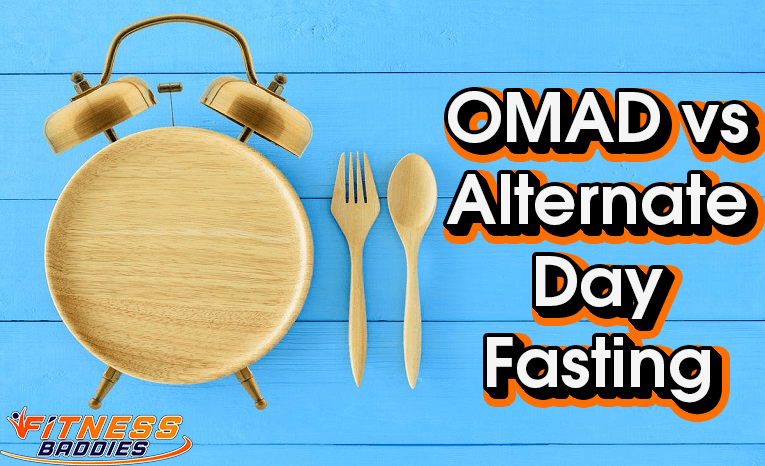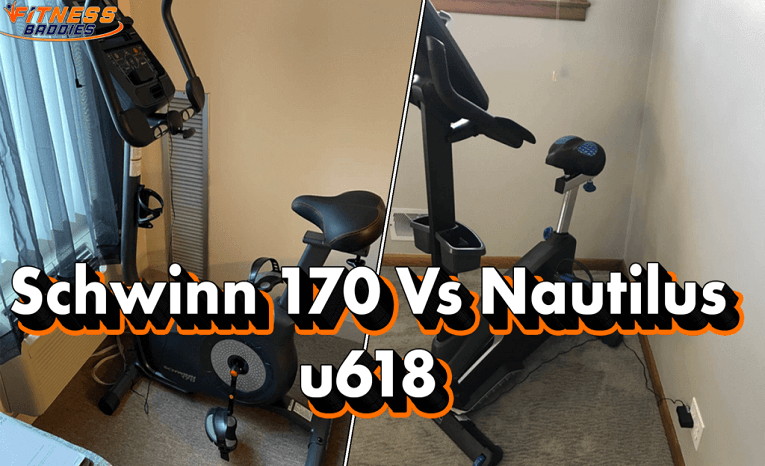How and Why: Squat to Overhead Press
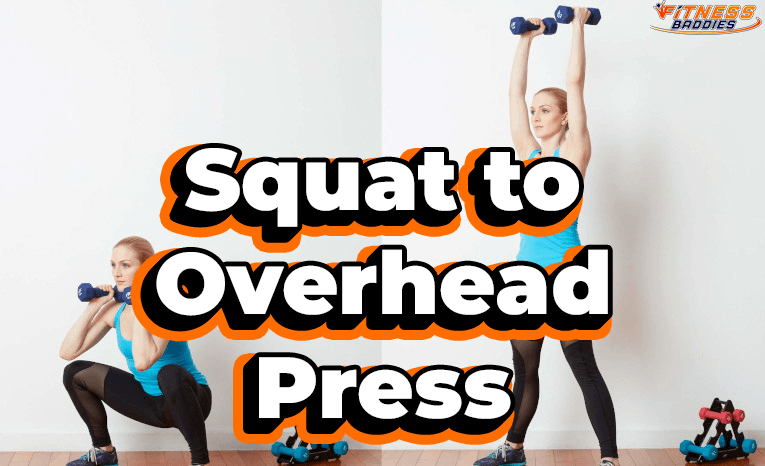
The squat to overhead press makes for an amazing addition to your overall workout routine – it’s convenient, hones in on a lot of muscle, and above everything else, is simple enough.
I know the feeling.
After all, you’re here to learn how to do the squat to overhead press right!
What is the best way to do squat to overhead press reps? Go hard for 30 reps and hang on, and if you die, you die? No. Your strategy might backfire.
*Warning*: the following might sound like a sales pitch; you have been warned.
What is a squat to shoulder press?
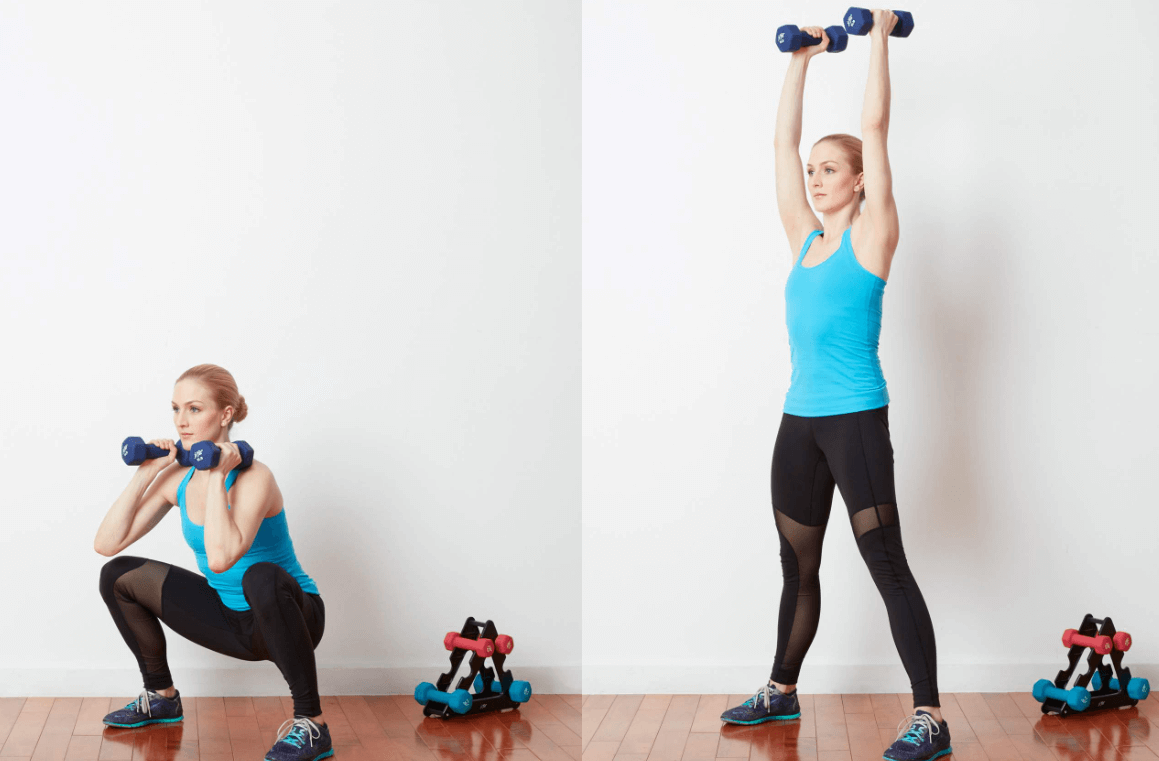
One of the drills that I’m using with maximum effect is squats. When applied correctly, the drill can develop the basic fundamentals of relaxation.
It’s simple yet effective for building strength, and practical in every workout.
With the squat to overhead press, your body form is everything. Each squat to overhead press needs a good body form so that your workout starts on proper footing.
You will need a variation of the squat like a weight, yoga ball, or resistance band.
Here’s how I do a proper squat to overhead press:
Step 1: Grab a weight on each hand with your palms turned to face each other.
Step 2: Keep your elbows close to your body and your hands in front of each shoulder. While keeping your back straight and weights in front of your shoulders, push back your hips.
Step 3: Settle into a squat holding position.
Step 4: Once your hips fall below your knees, push your feet into your ground and stand.
Step 5: Press the weights overhead and then return them to shoulder level to complete one rep and start another.
Benefits of squat to overhead press
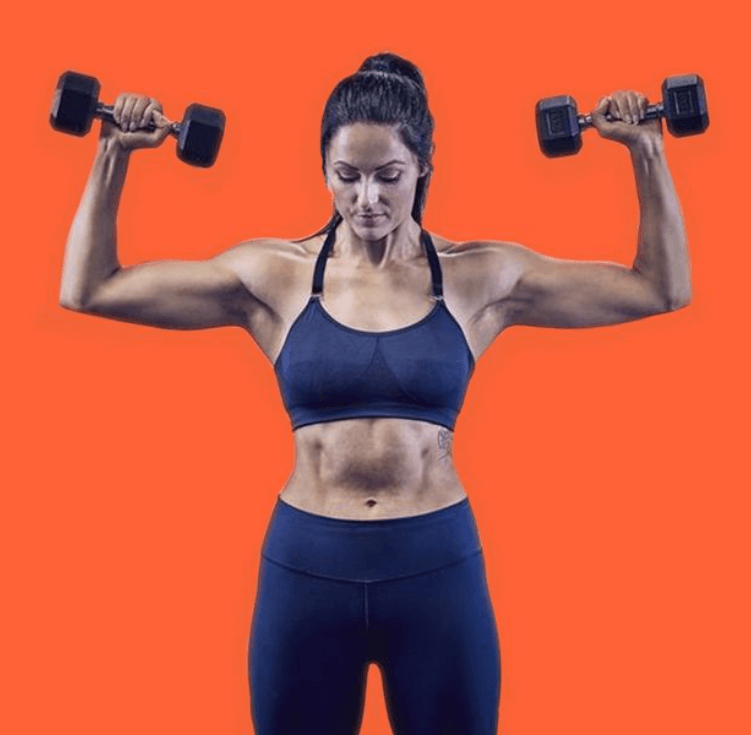
Sticking with doing squat to overhead press on a daily basis at your backyard gym can be a great way to boost your fitness level without needing to use any exercise equipment.
As you lower your body to the floor, the burning sensation encompassing your muscles increase functional strength. This carries over to other calisthenic and weight workouts like sumo squats, sumo deadlifts, and others.
Don’t be alarmed by a sudden spike in heart rate during a rep, the lower and upper body movement are placing greater demand on your heart and lungs.
That makes this the perfect exercise for training your cardiovascular system without cardio equipment.
Think of the squat to overhead press as strength-endurance training. Putting it another way, it will equip you to better handle everyday tasks such as carrying shopping bags and better postural control.
It increases your capacity to work and increases your fitness level. Doing cardio after this strength training workout will tone your muscles and since exercise increases metabolism, you'll benefit on that front, too.
What muscles does squat to overhead press work?
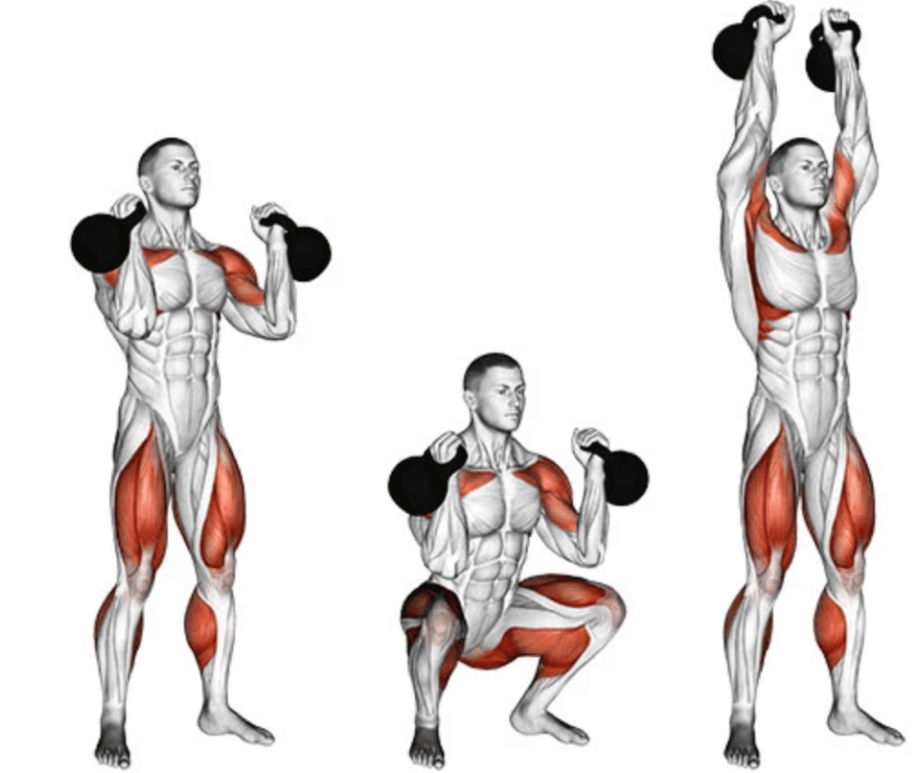
When you do a squat to overhead press, you work on multiple muscles at the same time.
Squat to overhead press help strengthen your lower muscles, including calves, hip flexors, hamstrings, gluteus maximus, minimus, medius, and adductors. It's also a great way to build bigger quads.
What’s more, because you are maintaining proper form with each rep, this also qualifies as one of the great core exercises that help you build your core.
However, if you are looking to build 10 pack or 12 pack abs, then you will need to go even harder on this, or do more core-targeting workouts - like planche lean, planks or push ups.
This workout also works shoulders, hip, and leg muscles by keeping them engaged throughout.
If you’ve been browsing the web for a strength builder for your routine, search no more!
Related Reading; Should You Train Shoulders After Chest Day?
Squat to overhead press variations
I found that this is no dumbbells only workout. In fact, there are endless ways to modify this humble workout routine. Each variation of this exercise has its own special needs.
Here is my guide to favorite variations of the classic squat to overhead press, in more or less ascending order of difficulty:
Squat to overhead press kettlebell
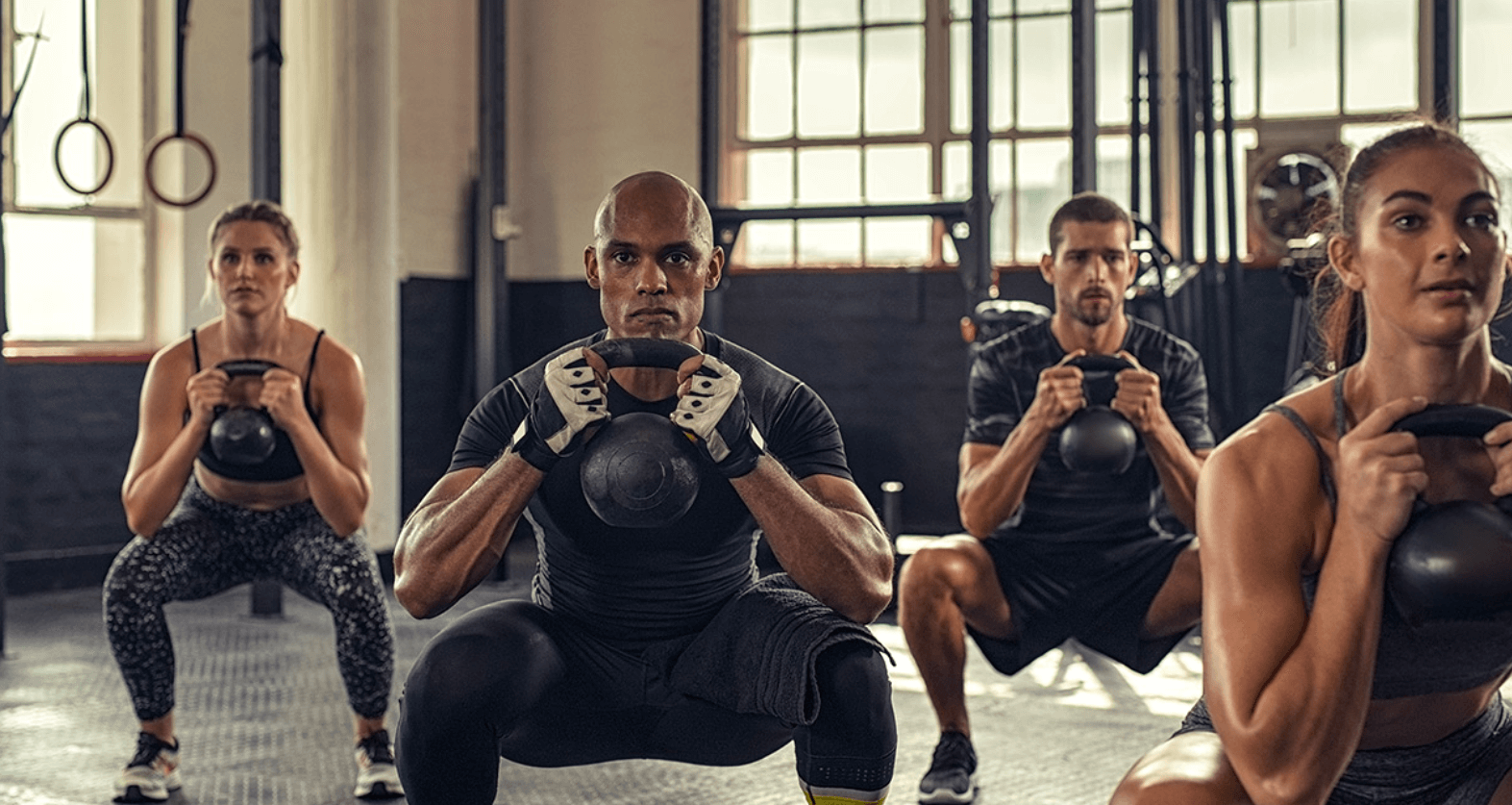
If you have some fixed or adjustable kettlebells lying around, this one should make for a perfect kettlebell exercise.
It is advisable to begin this workout using one kettlebell. Stand with your legs shoulder-width apart, and hold kettlebell with both hands.
Bend your knees to a squat position until your hips are below your knees. Press your feet to the ground to stand and drive up the kettlebell overhead.
This overhead press variation is quite popular and effective exercise for teenage girls and boys.
Squat to overhead press barbell
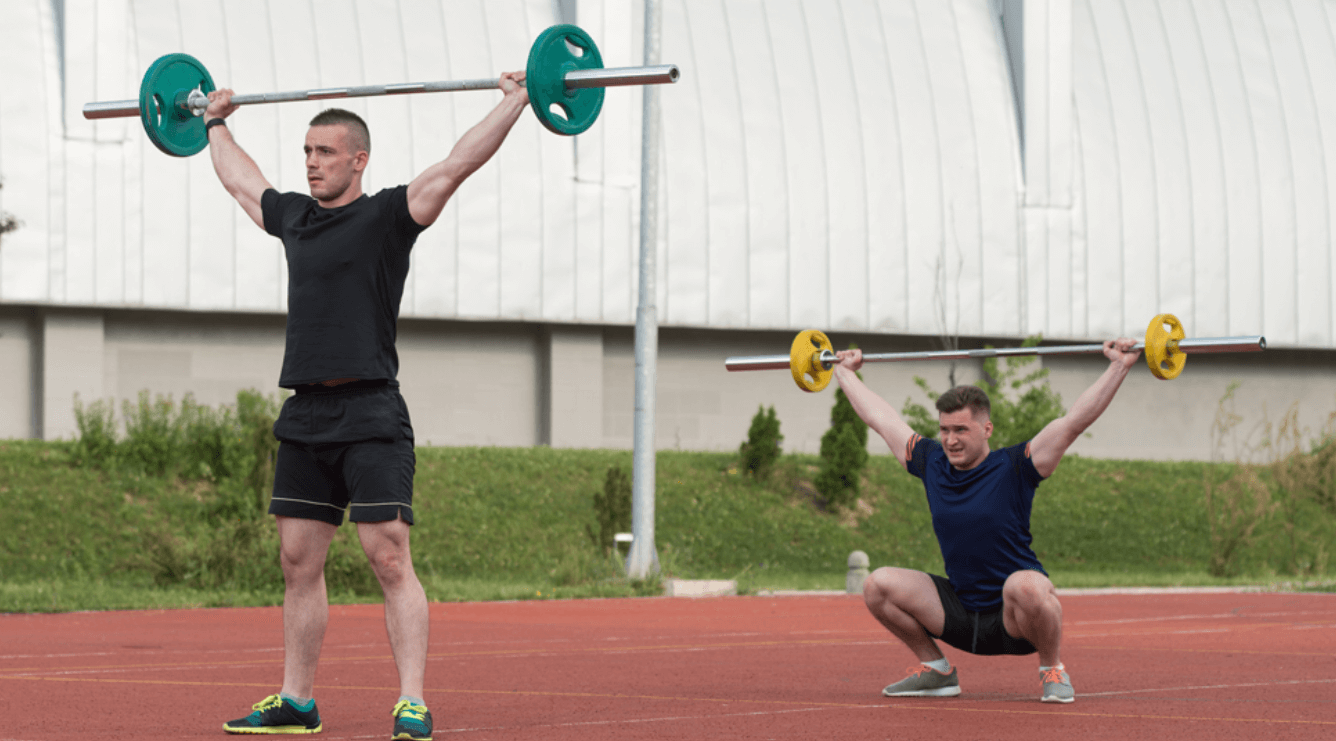
Bring the barbell to shoulder level with your hands leaning on your shoulders. Holding the weight in front of your shoulders get into a squat position.
When your thighs are parallel to the ground, return to standing position and extend both arms to send the barbells overhead, then repeat.
Squat to overhead press dumbbells
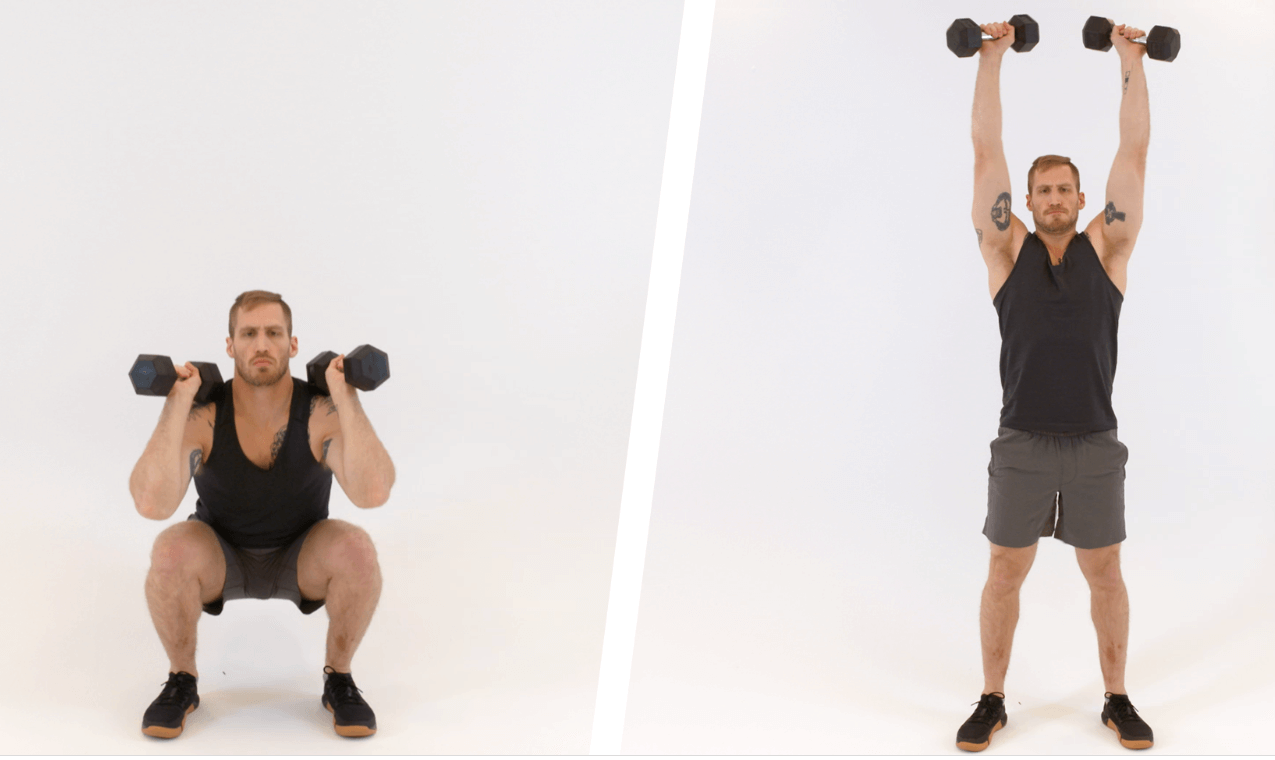
This variation works wonders, particularly for your lower back. It works a lot like the barbell variation, only this one features dumbbells on each hand.
The routine remains the same, just keep the dumbbells facing each other.
**Tips for beginners: This is coming from my personal experience. You don't need a traditional set of dumbbells or barbells for this workout. Cheap barbells or adjustable dumbbells will do a great job instead.
The BWSS adjustable dumbbell is my set of choice for this workout, but it's up to you to pick what dumbbell set works for you - but of course, not the hefty millennium dumbbell.
Why is overhead squat so hard?
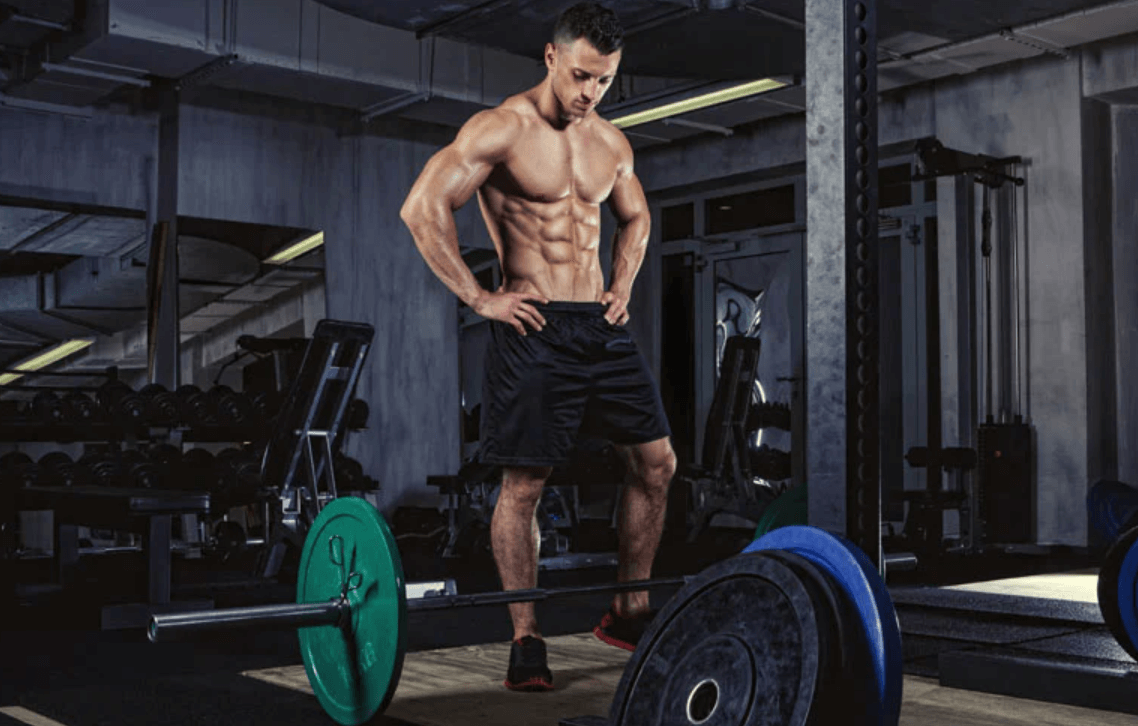
Flared out elbows and sagging hips makes overhead squat harder than they need to be. Poor form also makes the overhead squat ineffective, even possibly injurious.
The best practice is to first consider your form before adding the overhead squat to your routine.
Note: You should consult a fitness professional before starting this workout. Your trainer will help you measure your fitness level and advice accordingly.
The Key Takeaway
The humble squat to overhead press may sound simple: You just strengthen your hands, get into a squat position, and stand again.
It’s the world’s one of the most effective and essential workout to transform yourself at home. And the possibilities are endless.
It’s so ubiquitous that it’s hard to believe some people find it impossible.
Related Readings;
- I Did 1000 Squats A Day – Here Are My Results
- I Did Squats Every Day For 3 Months – Should You? Here’s What I Learned
- Getting Your Buns and Thighs in Order: Learning More About the J Hooks Squat Rack
- Stronger Buns for Your Marathon Run: The Argument Between Wall Sits and Squats
- Unraveling What You Need to Know About Lifting Techniques- Power Clean vs. Squat Clean
- How Many Calories Do Jumping Jacks Burn?
- How Tight Should A Weightlifting Belt Be – Get the Perfect Fit
